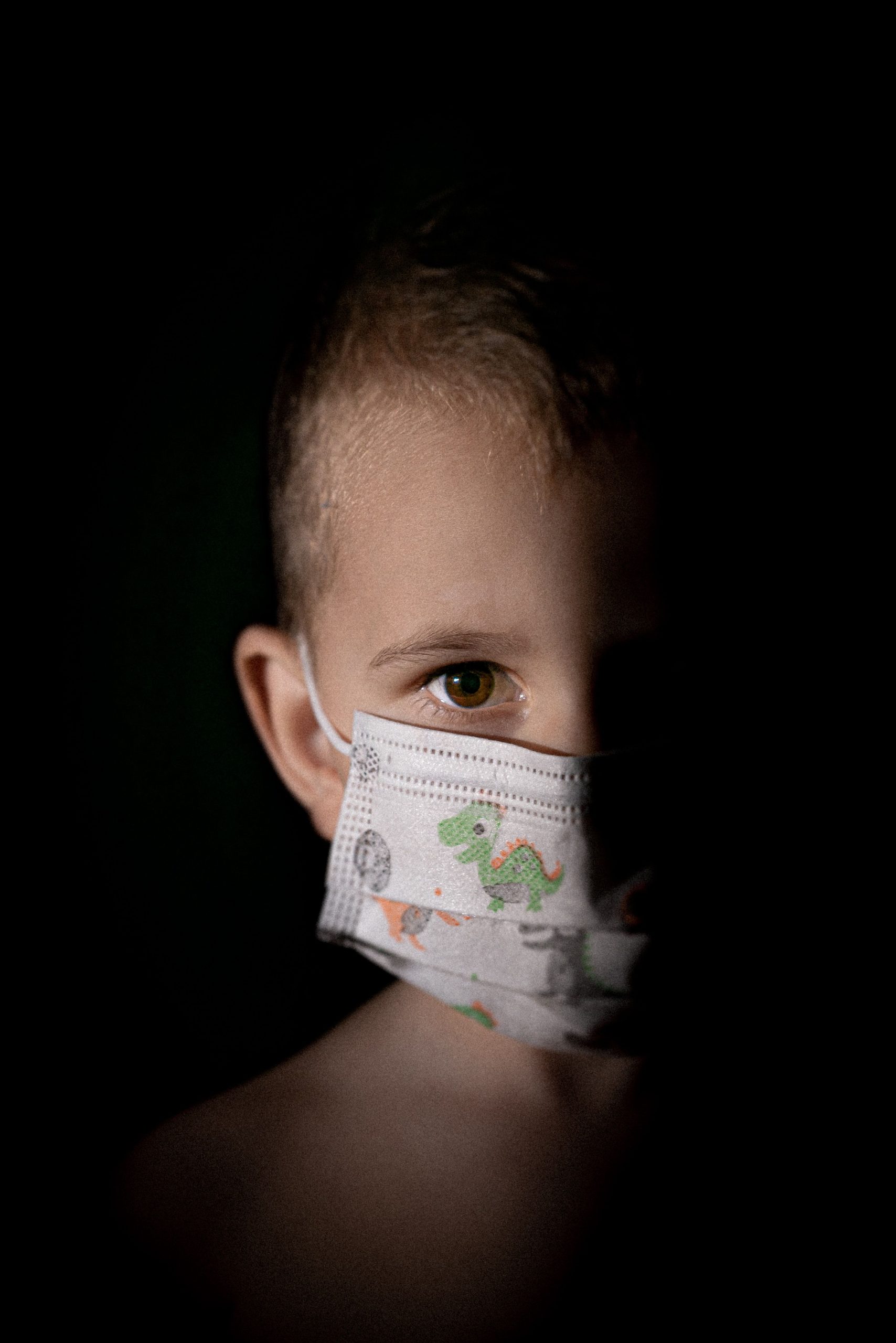In Kerala and Odisha, cases of the new HFM illness, also known as “tomato flu,” have been reported. The tomato flu, which was discovered in Kerala’s Kollam on May 6, has infected 82 children, according to the Lancet Respiratory Journal. These children are under the age of five.
Also Read| As WHO decides if monkeypox is racist, here’s how viruses are named
What is ‘tomato flu’?
Tomato flu got its name from the appearance of red and painful blisters all over the body that gradually enlarges to the size of a tomato.
Tomato flu in children may be caused by chikungunya or dengue fever rather than a viral infection. The virus could also be a new strain of viral hand, foot, and mouth disease, a common infectious disease that primarily affects children aged 1 to 5 years and immunocompromised adults, though some case studies have revealed immunocompetent adults with hand, foot, and mouth disease.
Also Read| WHO names monkeypox variants clades I, IIa and IIb to avoid offence
High fever, rashes, and excruciating joint pain are the main signs and symptoms of tomato flu in children, which are also characteristics of chikungunya.
These blisters resemble those seen in young people infected with the monkeypox virus. Skin rashes that irritate the skin appear alongside tomato flu. Other symptoms of dengue include fatigue, nausea, vomiting, diarrhoea, fever, dehydration, joint swelling, and body aches, which are similar to those of other viral illnesses.
Also Read| Explained: Why Finnish PM Sanna Marin took a drug test
Molecular and serological tests are performed in children with these symptoms to rule out dengue, chikungunya, zika virus, varicella-zoster virus, and herpes; once these viral infections are ruled out, tomato virus infection is confirmed. Because tomato flu is similar to chikungunya, dengue, and hand, foot, and mouth disease, the treatment is also similar—isolation, rest, plenty of fluids, and a hot water sponge to relieve irritation and rashes. Paracetamol for fever and bodyache, as well as other symptomatic treatments, are required.
Children are more likely to be exposed to tomato flu because viral infections are common in children this age and spread is most likely through close contact. Touching dirty surfaces, using diapers, and putting objects directly in their mouths are all ways for young children to contract this virus. Given the similarity to hand, foot, and mouth disease, the spread of tomato flu to adults could have serious consequences if the outbreak in children is not contained and stopped.
Also Read| White House staff worried over documents Trump took to Mar-a-Lago: Report
Prevention and Vaccination
Isolation should be used for 5-7 days following the onset of symptoms to prevent the virus from infecting other kids or adults. The best way to prevent an infection is to practise excellent hygiene, sanitise the nearby area, and prohibit the sick child from sharing toys, clothes, food, or other items with healthy kids.
Tomato flu is a self-limiting illness with no known cure. Drug repurposing and immunisation are the most efficient and cost-effective ways to protect the public from viral infections, especially in children, the elderly, immunocompromised people, and people with underlying medical disorders. Antiviral drugs or immunizations cannot currently be used to treat or prevent tomato flu.







